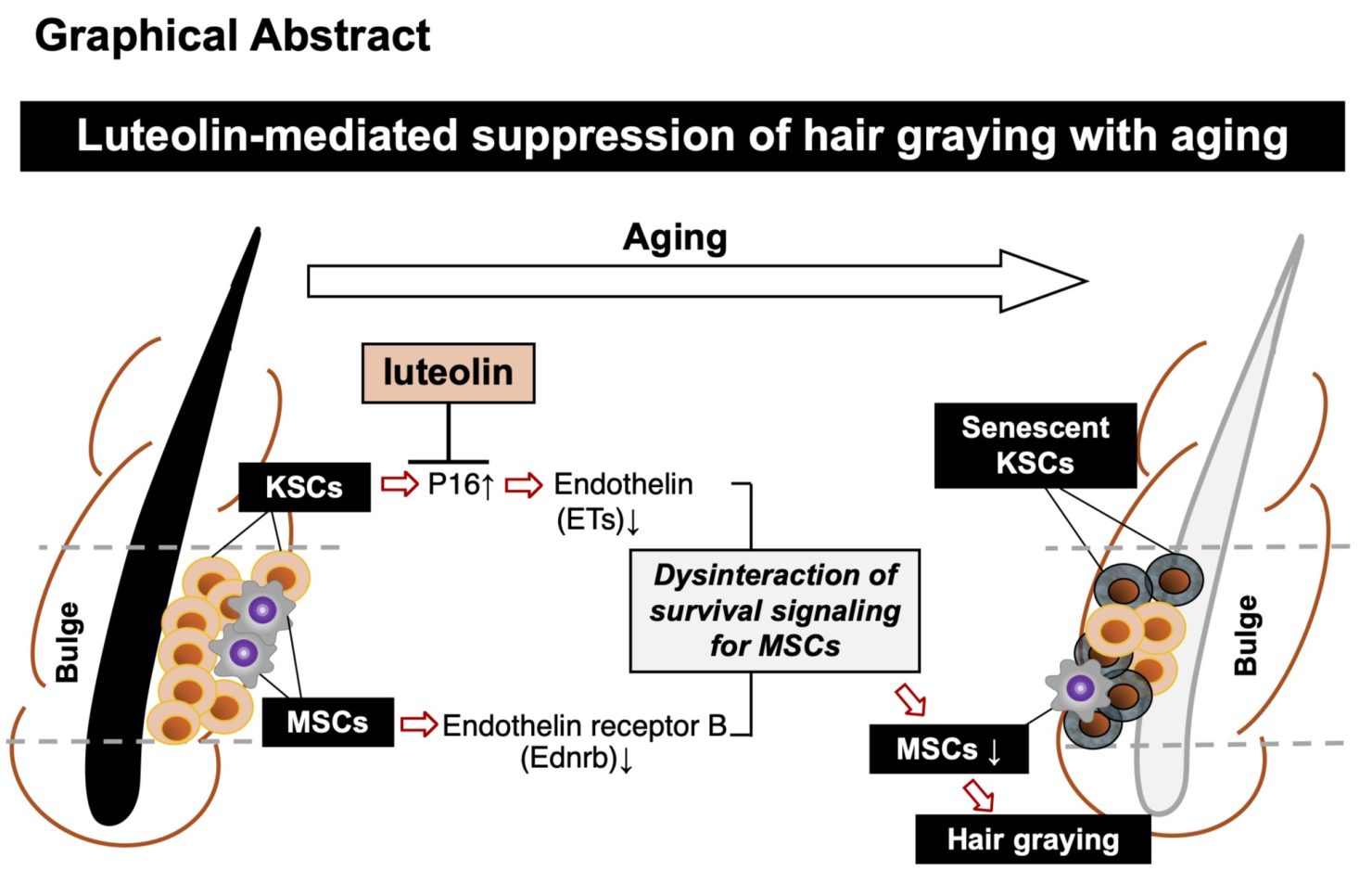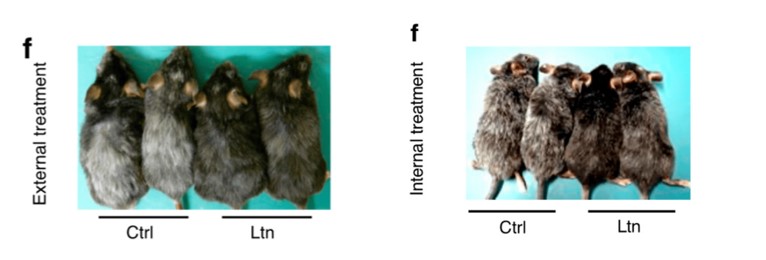
MDPI Papers Cited in the News: January 2025
Kicking off 2025, we provide a rundown of MDPI research cited this January in popular news outlets such as Scientific American, BBC Future, and the Washington Post. Here, we visit the wide variety of Open Access research, exploring topics ranging from cancer research to dreams, discussing the best potential strategies to address AI privacy concerns whilst also looking at the extent to which celebrities can influence people’s food choices. For this month’s research highlight, we look at a novel study highlighting the powerful compound that may reduce a prominent sign of ageing.
Review published in Information: Privacy-Preserving Techniques in Generative AI and Large Language Models: A Narrative Review
Cited by Forbes: Leveraging a Generative AI Strategy To Mitigate Information Leakage
The widespread integration of AI in technology within different sectors, including healthcare, social media, marketing and much more, poses serious privacy concerns among the population. Furthermore, with the launch of the DeepSeek API platform, a competitor of Open AI’s ChatGPT, the use of large language models in daily life is becoming increasingly common amongst the general public.
A review published in the Open Access journal Information and cited by Forbes explores the privacy concerns associated with using any large language AI model. In the study, the authors suggest key strategies known as privacy-preserving techniques, which could relieve concerns surrounding data privacy.
Feature Paper published in Brain Sciences: Investigation on Neurobiological Mechanisms of Dreaming in the New Decade
Cited in Scientific American: Why are recurring dreams usually bad ones?
Vivid dreams, especially bad ones, can leave us with a sense of unease or anxiety, occasionally making us reflect on the deeper reasons for their occurrence. Throughout early history, dreams have been associated with spiritual, religious, or metaphysical beliefs. In the modern age of science, researchers strive to understand dreams from an evidenced-based perspective by untangling the neurobiology behind them, especially those that leave their mark.
In a feature review published in Brain Sciences, authors from Italy provide an up-to-date and detailed summary of the current scientific understanding of the neurobiological mechanisms behind dreaming. This encompasses the expansive neural processes that occur during dreams, the mechanisms of dream recall, and different levels of consciousness.
Research Highlight
Brief Report published in Antioxidants: Anti-graying Effects of External and Internal Treatments with Luteolin on Hair in Model Mice
Cited by New York Post: A Compound Found in Broccoli and Celery May Help Stop One of the Most Recognizable Signs of Aging

Luteolin, a powerful antioxidant, inhibits part of the molecular mechanism that induces the production of grey hair in ageing mice. The mechanism of hair greying in ageing mice consists of an accumulation of Keratinocyte (KSC) and mesenchymal stem cells (MSC) that possess distinct markers of ageing, such as high activity levels of the gene P16, and a decrease of endothelin signalling (https://doi.org/10.3390/antiox13121549).
Antioxidants are powerful anti-inflammatory components found in food and drink that can reduce cell damage. They do this by fighting off molecules called free radicals which contribute to inflammation.
In a study published in the Open Access journal Antioxidants, they found that a type of antioxidant called Luteolin can contribute to a reduction in hair greying in mice. The researchers discovered that this compound prevented hair greying by treating mice with Luteolin?
This type of mice model was generated by genetically manipulating certain genes to induce hair greying. This mouse model mimics the mechanisms of ageing and hair-greying similar to that found in humans. Therefore, the authors were able to use the mice to test the effects of various antioxidants.

Both internal and external treatment of Luteolin results in a visual reduction in the amount of grey hair in ageing mice (https://doi.org/10.3390/antiox13121549).
The researchers treated these mice with Luteolin and found that it stopped the greying process. The molecular mechanism was analysed, and they found , an important mediator involved in inducing grey hair.
In normal ageing mice, the mechanism involves an accumulation of senescent (ageing) keratinocytes and mesenchymal stem cells with distinct ageing markers such as an increase in P16INK4A activity and a decrease in endothelin. This, in turn, triggers a downstream effect resulting in hair-greying.
Here, the data show that Luteolin resulted in a decrease in P16INK4A transcription, as shown by a qPCR analysis, and an increase endothelin expression in these senescent cells. Therefore, the results point to a potential mechanism action of Luteolin, but more research would be required to understand how it works.
The study adds to the current knowledge of Luteolin as a powerful antioxidant, as well as the potential application of using the molecule in humans who wish to prevent hair greying, whether this is due to the natural ageing process, or medical conditions which induce premature grey hair.
Original Article published in Foods: The Influence of Celebrity Endorsement on Food Consumption Behavior
Cited in Forbes: What Post Malone’s Oreo Drop Says About Celebrity Food Culture In 2025
Since the onset of modern celebrity culture, famous icons have greatly influenced the general population, particularly those who closely follow popular culture. This extends to influencing trends in consumption amongst the population, which includes things like clothes, shoes and even food.
This type of marketing is an interesting concept and understanding the psychology behind this strategy is beneficial for both companies and the population.
An Open Access study published in Foods analyses the phenomenon of celebrity food endorsement. The research aimed to determine if the consumer’s willingness to purchase food products was influenced by celebrity endorsement. The study revealed that people were more willing to pay for foods recommended by celebrities at a premium price. This was based not on the attractiveness of the celebrity in question, but on their ‘congruence’, i.e., how well the product fits the personality and character of the celebrity.
The study highlights just how effective celebrity marketing is in influencing people’s willingness to purchase food items. Careful consideration on matching the celebrity to the food product is important for maximum impact.










